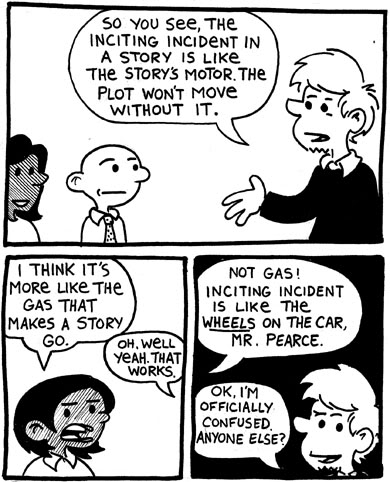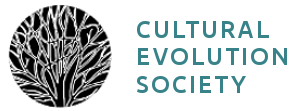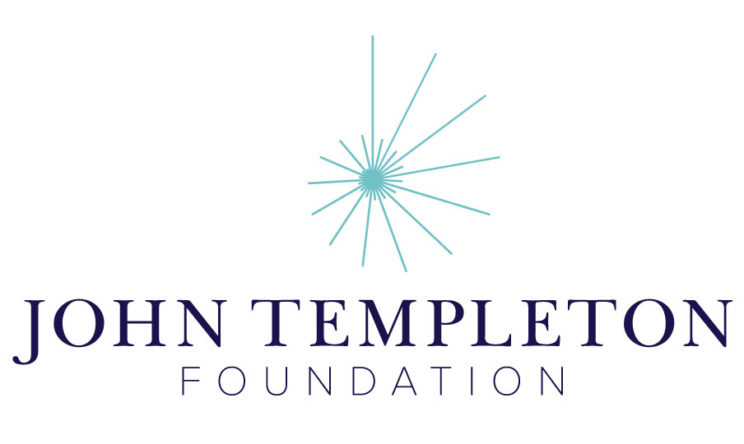Foundations of Cultural Evolution
Lecture 6: What is learned from others?

Introducing data into your evolutionary model
I don't typically remember much from the many years of formal schooling that academics go through. I do remember the time my Zoology professor imitated the mating dance of a crab, when I successfully explained the Lokta-Volterra equations to a less-eager audience, and digging experimental aquatic enclosures in the mud with a research team. For some reason some details about life remain while others fade, determining the content of what we remember and pass down to others. Because the modifications influence the cultural beliefs, knowledge, and behavior a population expresses, understanding this content bias may matter not just for understanding cultural variation, but also adaptive behaviors.
References cited
Mesoudi, A., Whiten, A., & Dunbar, R. (2006). A bias for social information in human cultural transmission. British Journal of Psychology, 97(3), 405–423.
Some readings about content biases
Acerbi, A., & Bentley, R. A. (2014). Biases in cultural transmission shape the turnover of popular traits. Evolution and Human Behavior, 35(3), 228-236.
Acerbi, A., Kendal, J., & Tehrani, J. J. (2017). Cultural complexity and demography: The case of folktales. Evolution and human behavior, 38(4), 474-480.
Mesoudi, A., & Whiten, A. (2008). The multiple roles of cultural transmission experiments in understanding human cultural evolution. Philosophical Transactions of the Royal Society B: Biological Sciences, 363(1509), 3489-3501.
This project was supported by Grant #61105 from the John Templeton Foundation to the University of Tennessee, Knoxville (PIs: S. Gavrilets and P. J. Richerson) with assistance from the Center for the Dynamics of Social Complexity and the National Institute for Mathematical and Biological Synthesis at the University of Tennessee, Knoxville.

The Cultural Evolution Society's Online Learning Tutorial Series is licensed under a Creative Commons Attribution-NonCommercial-ShareAlike 4.0 International License. For designers' contact information, click here.



